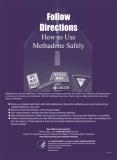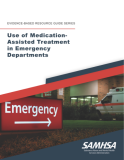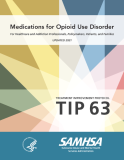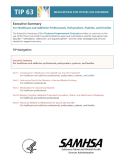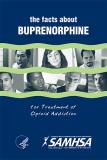
This brochure informs patients about buprenorphine and medication-assisted treatment for opioid use disorder. It describes addiction and withdrawal, how buprenorphine works, its proper use, its side effects, and how it fits with counseling in the recovery process.
Units per Product
Download
Facts About Buprenorphine for Opioid Addiction
File Type: PDF
File Size: 750 KB


